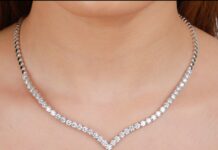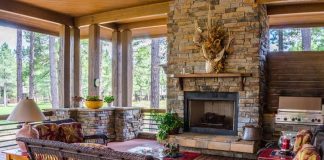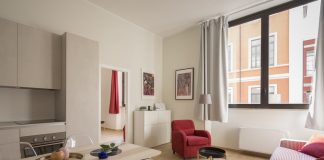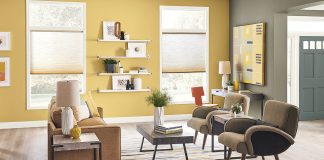Anyone interested in bringing the natural beauty of wood flooring into their home suddenly finds themselves in a dilemma. Which floor to choose: Engineered Wood Floor or Solid Wood Floor? However, if we start to examine the characteristics of engineered wood flooring and solid wood flooring, we see several differences. Let us find the differences between these two floorings.
What are they made of?
Both engineered wood flooring and solid wood flooring are both made from real natural wood. The difference is that the solid wood floor is made in one piece. Traditionally, solid wood flooring comes in a 19mm thickness, although there are also thinner solid wood floors.
Meanwhile, the engineered wood floor is also made from real wood, this wood is laid in several layers. The bottom or plywood is the floor structure.
How are they installed?
The solid flooring is generally nailed down. This means that you have to put plywood down to be able to nail it. This means that on top of the concrete we still have to invest in a plywood bed that will serve to nail the floor.
The solid plank can adhere to the concrete floor but many precautions must be taken when doing so. The solid plank is more prone to changes in temperature and humidity, so it is not recommended to put it on the ground floor or in spaces with large variations in these dimensions.
The engineered plank offers multiple ways to install such as: glued, nailed or floated. These options help the engineered plank be placed in multiple locations and there are not as many limitations as the solid plank.
It can be installed on the ground floor, stairs, second floors, etc. The engineered plank can be installed in any interior space following the instructions except in wet areas such as bathrooms.

Hardness and Durability
The solid plank is durable and strong but not as long as the engineered plank. Being a solid piece of wood, we can polish and varnish it several times. Solid flooring is more susceptible to change in the environment so it will tend to expand and contract. This movement can cause deformations in the plank or finish.
Due to its plywood construction, the engineered plank is more stable, durable, and strong than a solid plank. The engineered floor will have less movement with the environment so there will be no deformation on the floor or finish.
Although engineered floors have a noble layer or veneer, it can also be polished and varnished if necessary.
Ecological sustainability
Unlike the solid plank, the engineered plank has several types of wood in its plywood. This means that the veneer or noble layer is the wood that we wish could be a more luxurious wood such as walnut and oak.
Plywood can be a combination of cheaper species and faster growth, which contributes to the preservation of the environment. Both engineered wood flooring and solid wood flooring will bring a change to your home. Your home will be more beautiful and will have more surplus value. Both categories have different species, colors, and styles.























